Roman rings
Click on a ring image to expand it to full-screen
Number recorded on PAS database: 7
Although over 4,000 Roman rings have been recorded on the PAS database only around 200 are made of gold. Gold Roman rings with an inscription are extremely rare and only six are recorded on the PAS database. It is thought that some of these were used to imprint text on wax used to seal documents.
The Brancaster-type rings are named after a ring of this type was found at the site of a Roman fort in Brancaster, Norfolk; most rings of this type were made of silver. Most Brancaster rings are of Henig Type I (see below).
The Henig classification of Roman rings is a classification system based on their style and period of manufacture and has 15 different classes.
TOT rings are named after the Celtic God Toutatis (or Totatis or Teutates). The only ring recorded on the PAS database is of Henig Type VIII.
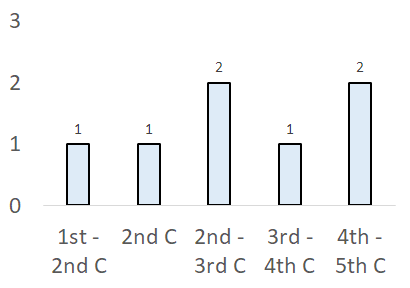
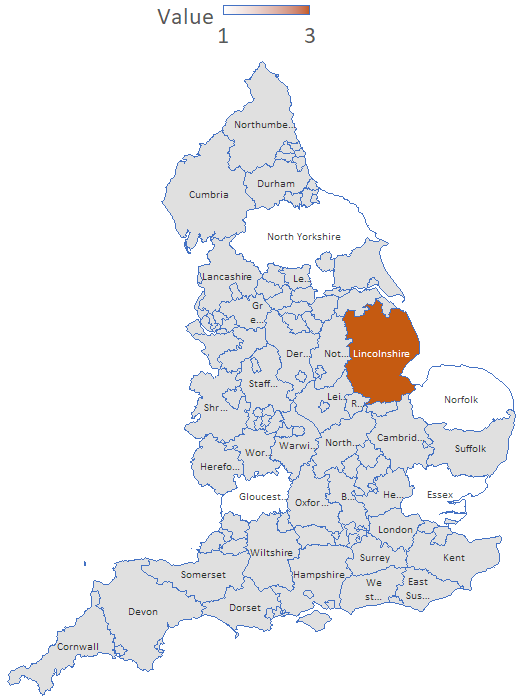
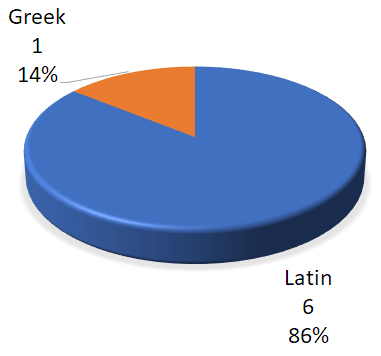
Inscription language
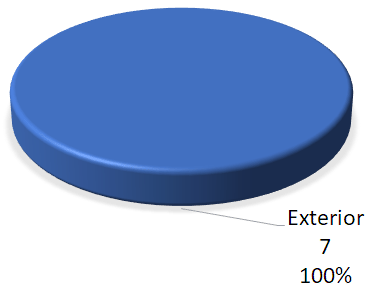
Inscription position
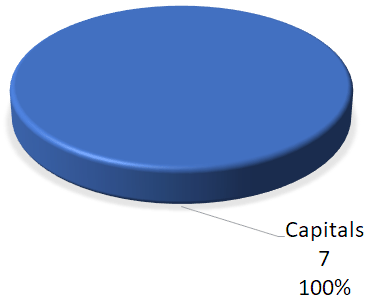
Lettering style
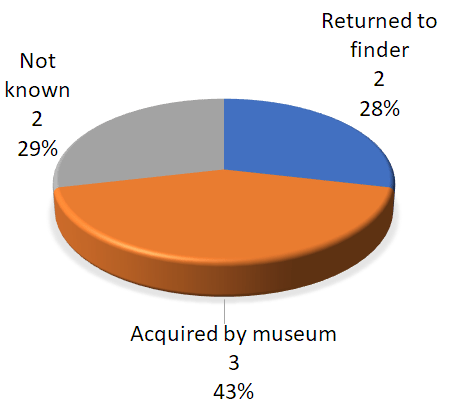
Destination
List of all inscriptions (sorted alphabetically)
Inscription | Date | Makers' Mark | PAS ID | Found (County) |
|---|---|---|---|---|
Dom nica viva[S] | 4th-5th C | None | NMS-065376 | Norfolk |
Eutyxi | 2nd-3rd C | None | ESS-455767 | Essex |
GBR | 1st-2nd C | None | LANCUM-6F9EF1 | North Yorkshire |
Pectacvs | 4th-5th C | None | LIN-9CBF81 | Lincolnshire |
TOT | 2nd-3rd C | None | LIN-F98033 | Lincolnshire |
VF | 2nd C | None | GLO-988544 | Gloucestershire |
_ IV / _ II, perhaps [V]IV(AS) | 3rd-4th C | None | PAS-DECD8E | Lincolnshire |
The rings:











